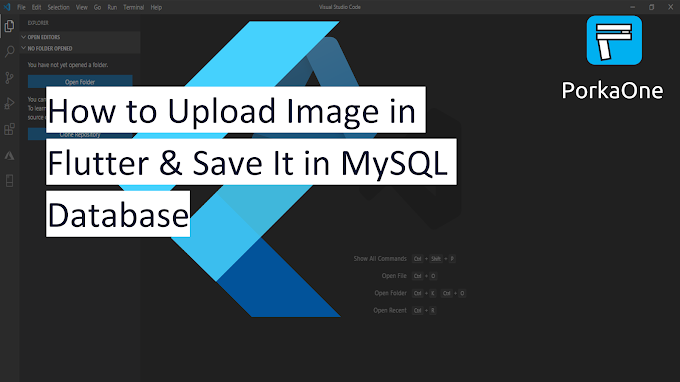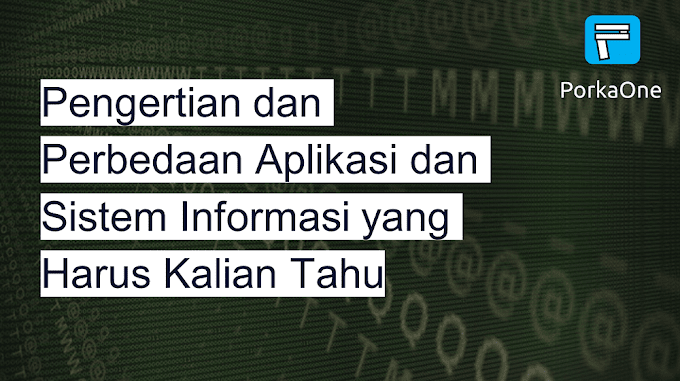Hello everyone, back again at porkaone. Initially, each computer brand had its
own standard for exchanging data between computer devices via the internet
network. It is this different standardization that makes it difficult for each
computer with a different brand to communicate and exchange data. Then came a
standard that allows every brand of computer to be connected to each other,
namely the OSI layer. What is the Osi layer?, See the explanation below.
OSI Layer
OSI stands for open systems interconnection. A standard created by the international organization for standardization or what we know as ISO in 1977. With the presence of ISO, the protocol for sending data between vendors or brands that were originally different became the same. While the layers are the layers that occur when data transmission takes place. What are these layers and what are their functions? Follow the explanation below.
By Karya sendiri, Public Domain,
Pranala
💻 7. Application Layer
The seventh layer of the OSI layer is application. This first layer is directly related to the user. Functioning as a UI for direct interaction with the user, in this section the user can also make requests according to their wishes. Then the next application will pass it to the next layer. The protocols that occur in this section are HTTP, FTP, SMTP, and NFS.🔒 6. Presentation Layer
After the user makes a request for the desired data. The data is translated into a language that can be transmitted over the network. The data requested by the user will be converted into binary numbers and encrypted so that the data is kept confidential from thieves. Protocols used such as: MIME, SSL, TLS, XDR.📶 3. Session Layer
After the data is ready and packaged properly at the previous layer, then the connection or communication on a network begins to be defined or opened. Not only defines connections, the session layer can also terminate, cancel, or destroy connections on a network. The protocols used are: TCP RTP🚚 4. Transport Layer
The transport layer functions to break data into packets, then these packets are rearranged when they arrive at their destination. The protocols that work at this layer are TCP and UDP🖧 5. Network Layer
After the data has been broken down into packets of delivery packets. Furthermore, IP addresses begin to be defined, create headers for each packet, and perform routing using a router or switch. Then the best or fastest route will be chosen so that the data packet arrives faster. The protocols used are: TCP, UDP.📶 6. Data Link Layer
This layer functions to manage data transmission from different interfaces. For example sending data from ethernet 802.3 to high level data control (HDLC). There will also be physical transmission error checking, device addressing, flow control. The protocols used are: PPP, SBTV, SLIP💻 7. Physical Layer
At this stage digital data transmission occurs from the sender to the destination via the medium of electric voltage, radio frequency or light (fiber optic). So it is in this section that network transmission media are built or defined.
So many short articles this time about the OSI layer and an explanation of
each layer. Hopefully this article is useful. If you have questions, input and
suggestions, please leave them in the comments column below. That is all and
thank you.








0 Comments
Come on ask us and let's discuss together
Emoji